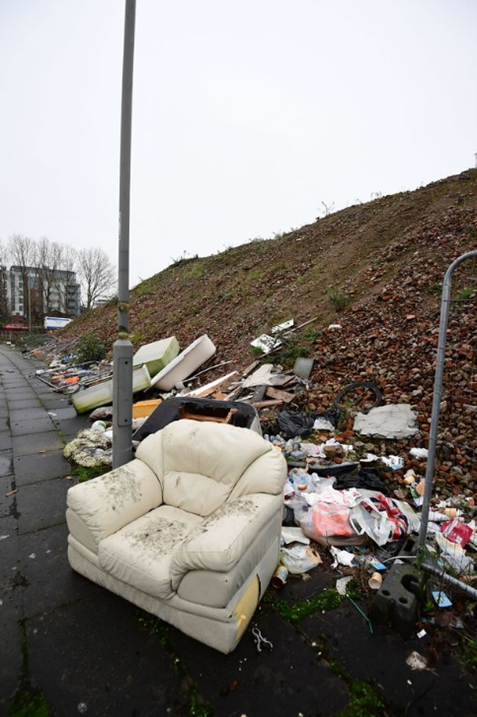Happy days!
The glossy brochure and sales pitch worked a treat. You have bought an off-plan investment in a new development in an up-and-coming part of a large UK town. You like the idea of a guaranteed rent return of 10%, because, you know, it’s guaranteed. And you like the idea that, because you have got in early, you’ve secured an off-plan discount. So, you’ve bought a flat for £100k, but it will actually be worth £120k when it is finished. Only slight down side is that you have to pay a £60k deposit, but you’ll have the flat in 18-months tops, and will start earning that monthly rent of £1,000.
Easy money. Unless, of course, you hit a bump on the road and end up investing in either a scheme that hasn’t started, or one that has stalled.
 Â
 
(Worth noting that there is absolutely no suggestion that these are “failed†projects, or indeed that they can’t be fixed – these are illustrations only of projects that have been labelled as stalled by the Press).
Fractional ownership structure
The typical structure of a fractional ownership project is initial deposit, larger deposit and balance on completion. The split differs project by project but, on the assumption of a £100k purchase, might split £5k, £70k and £25k.
It is worth also drawing the distinction between the company that builds the property and the company who is guaranteeing the rent. They will often be connected, but will be two discrete companies, and one is building the property, and the other is giving you assurances on rent.
On the purchase side, the contract you will sign, aside from dealing with the financials, gives certain key dates. The important one is the completion date and the long-stop date. A typical purchase contract gives you an opportunity to cancel the contract if, subject to certain exclusions (in the main these are defined as acts of God, or force majeure to give it a fancier name) the property is not delivered by a certain date.
Is it really guaranteed?
In terms of rental income, the contract will be with a property management company. At this stage, it is important to understand that the rent is not guaranteed. A quick look at the accounts of the management company will probably tell you that this is not a business that is awash with cash, or holding large deposits in a bank account to pay your return. No, quite simply, they need to have a finished property that is rented to a tenant on an assured tenancy. That rent, less costs (common charges, management fee) is your return. It is also their only source of money. They don’t have a pot of cash in a solicitors account to pay you.
Quite clearly, if the building is not finished, the rent, guaranteed or otherwise, is irrelevant. There’s no tenant, and no income, so there’s no money to pay you. It is at this point you probably will be realising that “guaranteed†is not quite as you understood it.
What happens if it goes wrong?
Now, this is the point where you will really find out about how solid the investment is. The people who sold you the investment in the first place really should be working with you to find out what has gone wrong and what they are going to do to fix it. Ideally, they have been communicating all along, good news and bad, but it is only when the project stalls, that you really need them to step up.
But what if they don’t? The next stage is to approach the Developer. Again, if you are dealing with a capable and experienced developer, you should have the assurance that they have been in a spot before and worked their way out of it. If, however, you are dealing with a Special Purpose Vehicle (“SPVâ€) – that is a company specifically set up to do no more than build out this project – then that has the potential for a slightly more fraught experience.
If the project has stalled because the money has run out, there are typically one of three options, and none of them are good. One is that you, as part of an investor group, put in more money. Two is that the developer puts in more money. Or three is that a lender puts in more money.
I’d suggest that the investors won’t be stumping up more. They paid a price, signed a contract and their only outstanding financial obligation is to pay a completion balance. The developer? Well, a SPV is exactly what it says it is. A special purpose – this project – vehicle. That means the project is self contained, and the money funding this project is therefore limited to what they raised up front. As for any external lender, they probably won’t want to advance more cash to a stalled project.
So, what next?
Unless the developer fixes this issue by injecting more finance, then the project will have stalled. What happens next is really down to the investor group.
– You can shrug your shoulders and write the money off to experience.
– You can hope that the developer comes good. It will fairly quickly become apparent whether that is likely to happen or not.
– Or you can take control of the situation.
In the third piece in this series, I’ll explain what taking control looks like.
Written by Bruce Wayne, September 2021
